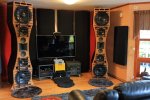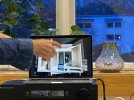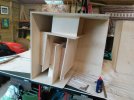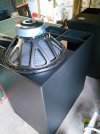Since the time I read Amir's review of JBL SRX835, I've been researching and day dreaming of using PA speakers and subs. About the subs though - when I previously looked at specs of reasonable quality entry level models like Yamaha DXS12mkII, it's rated at 42Hz at -10dB, which doesn't sound good. Even the SVS SB-1000 does <20Hz at -10dB. But then I considered that every time I'm in the presence of basic PA systems (background bands at pubs, karaoke, etc), they sound pretty good. I walked past 1 woman DJ'ing at an outdoor market, and she had this little Bose sub with a line array sort of thing sticking up, and it was cranking! And then I think to some of the venues I've been in to see metal gigs (which is my genre of choice), and they're presumably running pro subs not doing anything at 20Hz, and yet they're also kicking arse!
So today I decided to dip my toes in the water and took home an Alto TS15S. They are one of the cheaper brands (but FYI, based upon my research, they're above Behringer), but I read many comments saying their TS3 range was good entry level, and the newer TS4 is a big improvement (now has DSP in the active amps, etc). So I was going to buy the 8" speakers as well (TS408), but the store only had 1 of it, and only 1 of the TS410 too (also QSC CP8 were on special, but only 1 of it too lol). So no wins there (until next time). And actually, I was considering 2x12" subs for trying stereo and cardioid, but they only had 1 of it too, so I left with 1x15". It's all good though, because the price was decent, and it's rated to 36Hz at -3dB and 132dB max. And at almost 40kg, it's pretty big. Here's it's temporary home;
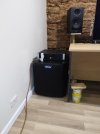
(the emotiva amp is making sure it doesn't blow away )
)
I've ran some quick sweeps. with it located along the wall shown, from where it is, another a bit further back, but most forward of the desk and at different rotations. Different modes are doing things in-room, but it's pretty clear to see that yep, there's plenty of sound at 30Hz!
(I also included the measure of my Kali IN-8's, which are getting decimated by modes <100Hz)
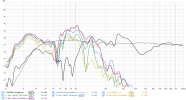
And you probably want to see old vs new or something. When I first measured my DIY 12inch, it was in the same spot (left wall, left of chair, forward of desk). I didn't keep the best "records", but here's a sweep of that with no LP, and another "estimate" with a similar looking LP to the alto.
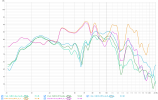
Yer the Alto looses <30Hz, but shit, I can probably just turn it up another 20dB and cut 20dB off everywhere it loses! I don't know for sure what the difference is in the 45-80Hz region. I added my fluffy wall since the DIY12 sweeps, and you can definitely see some of the >100Hz modes tamed in the sweeps. It's kind of comforting to know that both subs are getting wrecked by the same room mode at ~125Hz though, and it's also humbling in a way to consider that any "basic" speaker is going to get wrecked by room modes (basic as opposed to cardioid etc).
So I've got a lot of DSP to dial in, but I immediately wondered about power draw. At idle, 17.5W. Sweeping as shown in the graphs is -24bB in VoiceMeeter for me, but I didn't check the watts (I will report back tomorrow. Edit- Nah, CBF now. But thinking about it, replay gain is often -12dB on my music, and I sweep at -12dB in REW, so it's same-same). But whilst listening to music (and mine has replay gain), I had to turn it up to -6dB to get it to blip to 18W. Holy moly! This poor subs on training wheels in my room. VMB shows it running 20dB lower than my speaker output, AND it's output on my interface is still turned down like I had it set as "gain" to suit my DIY sub and the RCA amps I ran it form. I haven't seen the second light volume level turn on yet! This Alto is bloody nuts!
Anyway, I'm pretty lazy and slow at getting to testing things and updates (don't look at my "DBA with speakers" thread, coz I haven't done anything with it at all yet). And "R&D" takes time away from doing getting my own DSP+room+etc dialed in (although, after doing some quick sweeps to check it's EQ/response/etc, and then set the appropriate XO delay, it's doing pretty darn good). But maybe I can stoke some discussion with this nugget of truth - I paid $850AUD for this subwoofer. Here's a screenshot of what I could have bought with similar money from a "local enthusiast" audio store;
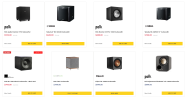
So today I decided to dip my toes in the water and took home an Alto TS15S. They are one of the cheaper brands (but FYI, based upon my research, they're above Behringer), but I read many comments saying their TS3 range was good entry level, and the newer TS4 is a big improvement (now has DSP in the active amps, etc). So I was going to buy the 8" speakers as well (TS408), but the store only had 1 of it, and only 1 of the TS410 too (also QSC CP8 were on special, but only 1 of it too lol). So no wins there (until next time). And actually, I was considering 2x12" subs for trying stereo and cardioid, but they only had 1 of it too, so I left with 1x15". It's all good though, because the price was decent, and it's rated to 36Hz at -3dB and 132dB max. And at almost 40kg, it's pretty big. Here's it's temporary home;

(the emotiva amp is making sure it doesn't blow away
I've ran some quick sweeps. with it located along the wall shown, from where it is, another a bit further back, but most forward of the desk and at different rotations. Different modes are doing things in-room, but it's pretty clear to see that yep, there's plenty of sound at 30Hz!
(I also included the measure of my Kali IN-8's, which are getting decimated by modes <100Hz)

And you probably want to see old vs new or something. When I first measured my DIY 12inch, it was in the same spot (left wall, left of chair, forward of desk). I didn't keep the best "records", but here's a sweep of that with no LP, and another "estimate" with a similar looking LP to the alto.

Yer the Alto looses <30Hz, but shit, I can probably just turn it up another 20dB and cut 20dB off everywhere it loses! I don't know for sure what the difference is in the 45-80Hz region. I added my fluffy wall since the DIY12 sweeps, and you can definitely see some of the >100Hz modes tamed in the sweeps. It's kind of comforting to know that both subs are getting wrecked by the same room mode at ~125Hz though, and it's also humbling in a way to consider that any "basic" speaker is going to get wrecked by room modes (basic as opposed to cardioid etc).
So I've got a lot of DSP to dial in, but I immediately wondered about power draw. At idle, 17.5W. Sweeping as shown in the graphs is -24bB in VoiceMeeter for me, but I didn't check the watts (I will report back tomorrow. Edit- Nah, CBF now. But thinking about it, replay gain is often -12dB on my music, and I sweep at -12dB in REW, so it's same-same). But whilst listening to music (and mine has replay gain), I had to turn it up to -6dB to get it to blip to 18W. Holy moly! This poor subs on training wheels in my room. VMB shows it running 20dB lower than my speaker output, AND it's output on my interface is still turned down like I had it set as "gain" to suit my DIY sub and the RCA amps I ran it form. I haven't seen the second light volume level turn on yet! This Alto is bloody nuts!
Anyway, I'm pretty lazy and slow at getting to testing things and updates (don't look at my "DBA with speakers" thread, coz I haven't done anything with it at all yet). And "R&D" takes time away from doing getting my own DSP+room+etc dialed in (although, after doing some quick sweeps to check it's EQ/response/etc, and then set the appropriate XO delay, it's doing pretty darn good). But maybe I can stoke some discussion with this nugget of truth - I paid $850AUD for this subwoofer. Here's a screenshot of what I could have bought with similar money from a "local enthusiast" audio store;

Last edited:

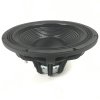

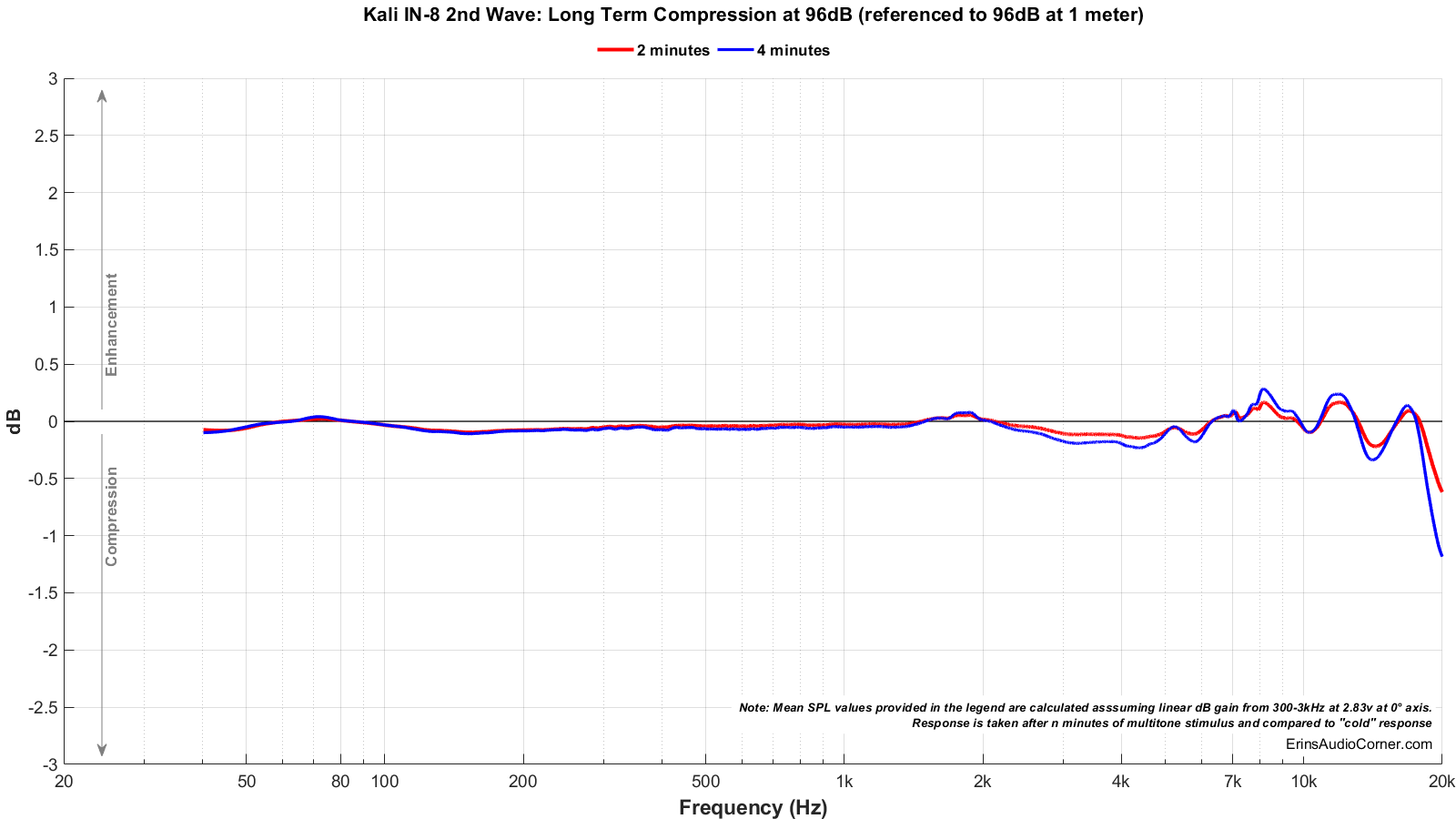
 I've found that a physical volume knob in the audio chain (ie, not a usb one) is the hardest bit to integrate for someone approaching "studio" gear from a consumer perspective.
I've found that a physical volume knob in the audio chain (ie, not a usb one) is the hardest bit to integrate for someone approaching "studio" gear from a consumer perspective.